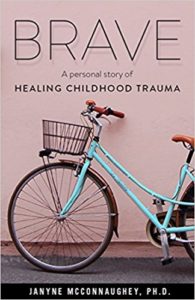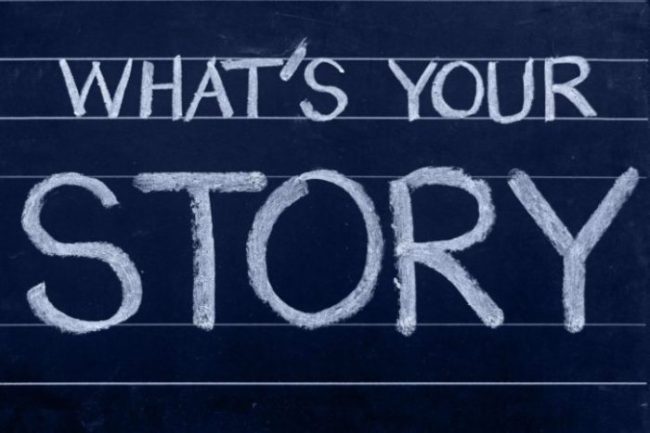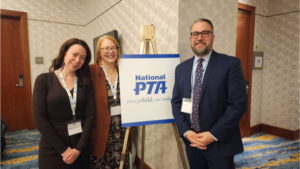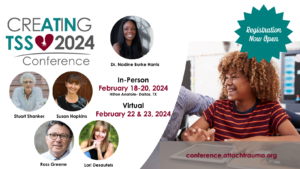When I talk about BRAVE: A Personal Story of Healing Childhood Trauma, I sense assumptions from the outset. They are understandable – after all, the title says it’s about childhood trauma, right? Yet at the same time, I want to laugh and say, “Could you just read the book before you make up your mind?” This might seem slightly paranoid… but I once received a list of interview questions written by someone who clearly hadn’t read BRAVE. I sent a digital copy of the book to the interviewer and the next day she sent me a different set of questions based on what I actually chose to tell. The profound truth about BRAVE is, “You don’t know what I said until you read it.” And a big piece of that is what I did not say.
I get it. Everyone has their Dewey Decimal Code for this type of book. It belongs on the shelf of sad tales written to give readers hope. We are inspired by those stories, as we should be. They are important in our collective conscious –they show us how to have compassion and they give hope for healing. But as I sat for endless hours writing and editing, which looked –and was–very much like therapeutic processing, I determined that, if BRAVE were to ever be published, it had to fulfill a purpose. In her post about the book, the ATN blog manager, Laura Dennis, tossed me a question that essentially asked how I found that purpose. She said:
Not everything has to be disclosed. Processed in a therapeutic way? Yes. Shared with the whole world? Not necessarily. Although I wondered at this at first, I ended up finding it completely understandable and actually freeing as I fight my own demons to get my family’s story down on the page (or screen). Janyne will hopefully share more in a future ATN post about deciding what, and how much, to tell.
 So, here we are with my best attempt at answering.
So, here we are with my best attempt at answering.
In a nutshell, I made rather methodical choices in writing BRAVE. I embedded the book in my continuing therapy and my therapist was an active participant. She asked amazing questions that helped me wind my way to the choices I needed to make. At some point, I pondered each of the following four points, though not necessarily in the order below:
1
Although there is a point in healing when the temptation is to puke everything, I had to come out from hiding cautiously. Not everyone would be comfortable with my telling. I spent a year broadening my “circle of telling” and working through the inevitable silence of those who did not know what to say. Sometimes, in the process of sharing a piece with someone I trusted deeply, I understood it was not a part I would ever share publicly. I value the relationships that provided safety during this phase. Yet I also learned the value of caring for myself by not telling. I also learned that choosing not to tell is not the same as hiding.
2
One day at the creek near my home, I was throwing sticks (OK, maybe large branches), into the water when I nearly wiped out two ducks by accident. This helped me see that I could unintentionally hurt innocent people with my story. If I had felt there would be justice served and protection provided by naming my perpetrators, I would have done so. This was not the case for any perpetrator I could name. I honor those writers who share more, but I personally chose to adhere to my goals of protecting myself and not harming the innocent.
3
Explaining the effects of insecure attachment and intergenerational pain required sharing details of my relationship with my mother. I understand that many feel I should simply have forgiven her rather than told hard truths. However, I felt I had to help others grasp what happens to a traumatized child who does not receive the support she needs in order to heal. I did a great deal of groundwork with family members before publishing. We were all sad my mother had been so damaged, but we wanted to help other families understand the importance of seeking help…for everyone.
4
As an educator, I start every lesson with an objective. At first, I wrote with the objective of healing, which meant I wrote about everything. But BRAVE needed to fulfill other purposes. I kept only two objectives for BRAVE that I used to filter every page and story. Much of the rest of what I wrote will be included in the forthcoming companion book–it better fits that book’s objective of understanding behavior through the lens of trauma and attachment…plus no one wanted a 1,000-page book!
The choices I made in telling my secrets to the whole wide world demonstrate a level of wholeness I never expected to reach. I could have answered Laura’s question simply by saying, “Choose to tell what feels safe.” We can, in our march to truth and justice, fail to be compassionate for the small healing child inside of us, the one who is only now learning what is  means to make choices and what to share. I hope this reflective approach will be useful to potential bloggers, writers, and more. It is a personal journey of exploration for each person, but thanks to Laura’s question, I have been able to articulate and share my own process. Perhaps it will help others as well.
means to make choices and what to share. I hope this reflective approach will be useful to potential bloggers, writers, and more. It is a personal journey of exploration for each person, but thanks to Laura’s question, I have been able to articulate and share my own process. Perhaps it will help others as well.



